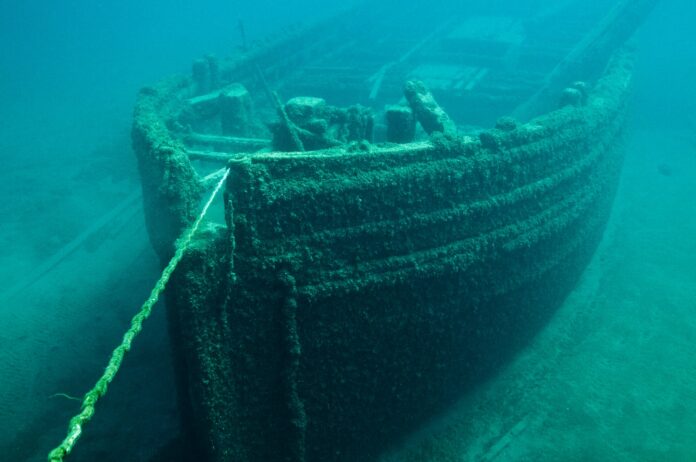Search and Rescue Mission Launched for Submarine Touring Titanic Site
The US Coast Guard’s Search and Rescue Operation for the Missing Submarine
The US Coast Guard has launched a search and rescue operation for a submarine that went missing during an expedition to the wreckage of the Titanic. Oceangate Expeditions, the group conducting the trip, is making every effort to ensure the safe return of the crewmembers. This article will delve into the details of the search and rescue operation, the challenges faced by the Coast Guard, and the significance of the Titanic wreckage.
1. The Missing Submarine
The submarine, part of an expedition organized by Oceangate Expeditions, has gone missing during its mission to explore the Titanic wreckage. The submersible has the capacity to accommodate up to five people, although the exact number on board remains unknown at this point. The situation has prompted a swift response from various organizations to locate and rescue the crewmembers.
2. Oceangate Expeditions’ Efforts
Oceangate Expeditions is fully focused on the safety of the crewmembers and their families. The group is actively exploring and mobilizing all available options to bring the crew back safely. They express gratitude for the extensive assistance provided by government agencies and deep-sea companies involved in the efforts to reestablish contact with the submersible.
3. US Coast Guard’s Search Operation
The US Coast Guard has taken charge of the search and rescue operation. A C-130 crew is currently conducting a search for the overdue Canadian research submarine, which is believed to be approximately 900 miles off Cape Cod. To assist in the search, the Rescue Coordination Center Halifax has deployed a P8 Poseidon aircraft with underwater detection capabilities.
4. Challenges and Collaborative Approach
Rear Admiral John Mauger, the District 1 Coast Guard representative, stated that the Coast Guard is utilizing all available resources to locate the missing submersible. However, the vast area of water and local weather conditions present significant challenges. Despite not having on-site equipment for a comprehensive sonar survey of the ocean floor, the Coast Guard is working closely with federal government agencies, the Canadian armed forces, and private resources to overcome these obstacles.
5. The Titanic Wreckage
The Titanic, which tragically sank in April 1912, holds a historical and cultural significance. The ship’s collision with an iceberg resulted in the loss of over 1,500 lives in the North Atlantic Ocean. Discovered in 1985, the wreckage of the Titanic is located in two parts at a depth of nearly 13,000 feet below the ocean’s surface, southeast of Newfoundland. Exploring this historic site provides valuable insights into one of the most notable maritime disasters in history.
Conclusion
The search and rescue operation led by the US Coast Guard aims to locate and bring back the missing submarine and its crewmembers safely. Despite the challenges posed by the vast expanse of water and local weather conditions, the collaborative efforts of multiple organizations give hope for a successful outcome. The significance of the Titanic wreckage and its historical value further emphasize the importance of this mission.
FAQs
1. What is the current status of the search and rescue operation? The search and rescue operation is ongoing, with the US Coast Guard leading the efforts to locate the missing submarine and its crewmembers.
2. How deep is the Titanic wreckage located? The Titanic wreckage is situated at a depth of nearly 13,000 feet below the ocean’s surface, southeast of Newfoundland.
3. How many people can the submersible accommodate? The submersible utilized in the expedition has the capacity to accommodate up to five people.
4. When was the Titanic discovered? The wreckage of the Titanic was discovered in 1985, over 70 years after its tragic sinking in April 1912.
5. What caused the sinking of the Titanic? The Titanic struck an iceberg, resulting in a catastrophic collision that led to its sinking and the loss of over 1,500 lives.

























